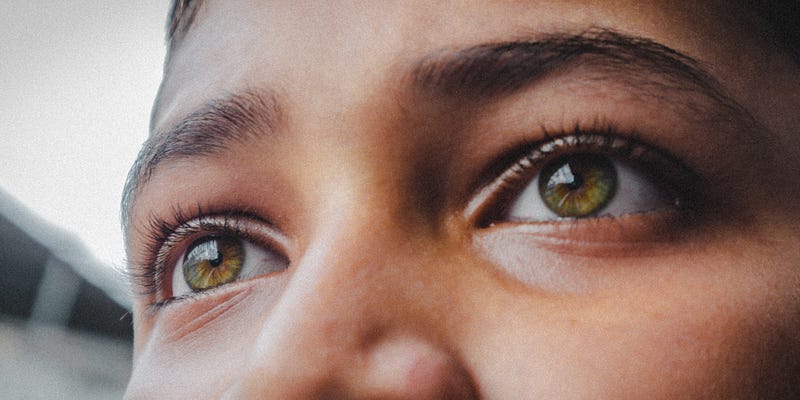Can Our Eyes Help Us to Communicate?
My perspective about our eyes

I’m sure you know that our eyes can help us communicate. Often, a glance from our eyes is all we need to express our thoughts. However, the message from our eyes may be overlooked if others are not so attentive to them.
Eye Contact
Eye contact is one of the most fundamental aspects of non-verbal communication. When we communicate with friends, our eyes often convey engagement or disengagement.
Sometimes, we forget that our eyes speak more than our words. If someone knows you very well, they can detect that you are not telling the truth from the look in your eyes.
Emotional expression
Our eyes are incredibly expressive and can convey many emotions like happiness, sadness, anger, fear, surprise, etc. They can help others understand our emotional state to express empathy or support.
Gaze Direction
Interestingly, our gaze can provide important contextual information. If you like someone, you tend to gaze at that person affectionately. Hence, when we see how people interact in a group, we can guess who supports another.
Pupil Dilation
This is involuntary and can be a sign of emotional arousal. Our pupils will tend to dilate when we are excited or interested. It can be a subtle but powerful signal in any communication.
Deception and Honesty
Our eyes can reveal signs of deception or truthfulness. While this is not foolproof, specific eye movements or gaze shifts may indicate that someone is dishonest or evasive.
In summary
Eyes are like the light to our souls; we cannot hide our feelings for too long if others focus on them. Hence, we can use it to show our sincerity, or others may be able to see if we are trying to hide some details.
The next time you communicate with someone, look deeply into their eyes.
Here are some of my articles:






